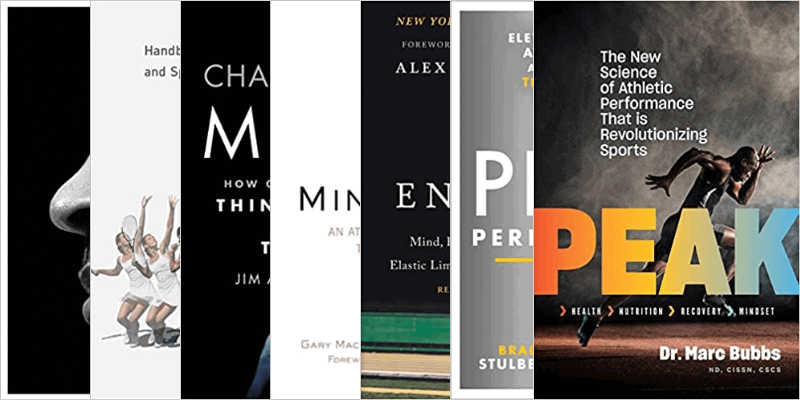Cognitive Behavioral Therapy (CBT) is a widely used and effective therapy technique that helps individuals identify and change dysfunctional thought patterns and behaviors. It is based on the idea that our thoughts, feelings, and behaviors are interconnected, and by changing our thoughts, we can also change our emotions and actions.
CBT uses a variety of techniques to help individuals challenge and change negative thoughts, beliefs, and behaviors. One of the most commonly used tools in CBT are worksheets that help individuals track their thoughts, identify patterns, and work towards more positive thinking.
Here are 25 CBT worksheets that can be utilized in therapy sessions or for personal use to help challenge and change negative thought patterns:
1. Thought Record Sheet: This worksheet helps individuals track their negative thoughts, identify distortions, and challenge them with more balanced and realistic thoughts.
2. Automatic Thought Record: Similar to the thought record sheet, this worksheet helps individuals track automatic negative thoughts and challenge them with more rational and balanced thoughts.
3. Challenging Negative Thoughts: This worksheet guides individuals through the process of challenging and changing negative beliefs and thoughts.
4. Cognitive Restructuring: This worksheet helps individuals identify and restructure their automatic negative thoughts.
5. Daily Mood Journal: This worksheet helps individuals track their moods throughout the day and identify triggers for negative emotions.
6. Gratitude Journal: This worksheet helps individuals focus on the positive aspects of their lives and cultivate a sense of gratitude.
7. Behavioral Activation: This worksheet helps individuals plan and schedule enjoyable activities to increase positive emotions and combat depression.
8. Problem-Solving Worksheet: This worksheet helps individuals identify and solve problems in a systematic and logical manner.
9. Goal Setting Worksheet: This worksheet helps individuals set realistic and achievable goals for themselves.
10. Values Worksheet: This worksheet helps individuals identify their core values and align their actions with those values.
11. Fear Hierarchy: This worksheet helps individuals create a hierarchy of feared situations in order to gradually confront and overcome their fears.
12. Exposure Therapy Worksheet: This worksheet guides individuals through exposure therapy exercises to help them desensitize to feared situations.
13. Mindfulness Meditation Worksheet: This worksheet helps individuals practice mindfulness meditation to increase awareness of their thoughts and emotions.
14. Relaxation Techniques: This worksheet guides individuals through various relaxation techniques, such as deep breathing and progressive muscle relaxation.
15. Positive Affirmations: This worksheet helps individuals create and practice positive affirmations to challenge negative self-talk.
16. Self-Care Plan: This worksheet helps individuals identify and plan self-care activities to improve their overall well-being.
17. Coping Skills Worksheet: This worksheet helps individuals identify and practice coping skills to manage stress and negative emotions.
18. Anger Management Worksheet: This worksheet helps individuals identify triggers for anger and develop healthier ways of managing and expressing anger.
19. Sleep Diary: This worksheet helps individuals track their sleep patterns and identify factors that may be impacting their sleep.
20. Graded Exposure: This worksheet helps individuals gradually expose themselves to feared situations in order to reduce anxiety.
21. Cognitive Distortions: This worksheet helps individuals identify common cognitive distortions and challenge them with more rational thoughts.
22. Daily Schedule: This worksheet helps individuals plan and organize their daily activities to promote a sense of structure and routine.
23. Core Beliefs Worksheet: This worksheet helps individuals identify and challenge core beliefs that may be contributing to negative thought patterns.
24. Values Assessment: This worksheet helps individuals identify their values and prioritize those values in their decision-making.
25. Positive Visualization: This worksheet guides individuals through visualization exercises to help them imagine positive outcomes and increase motivation.
These CBT worksheets can be used in conjunction with therapy sessions or as self-help tools to promote positive change and personal growth. By practicing these techniques regularly, individuals can challenge and change negative thought patterns, improve emotional well-being, and develop healthier coping skills.



